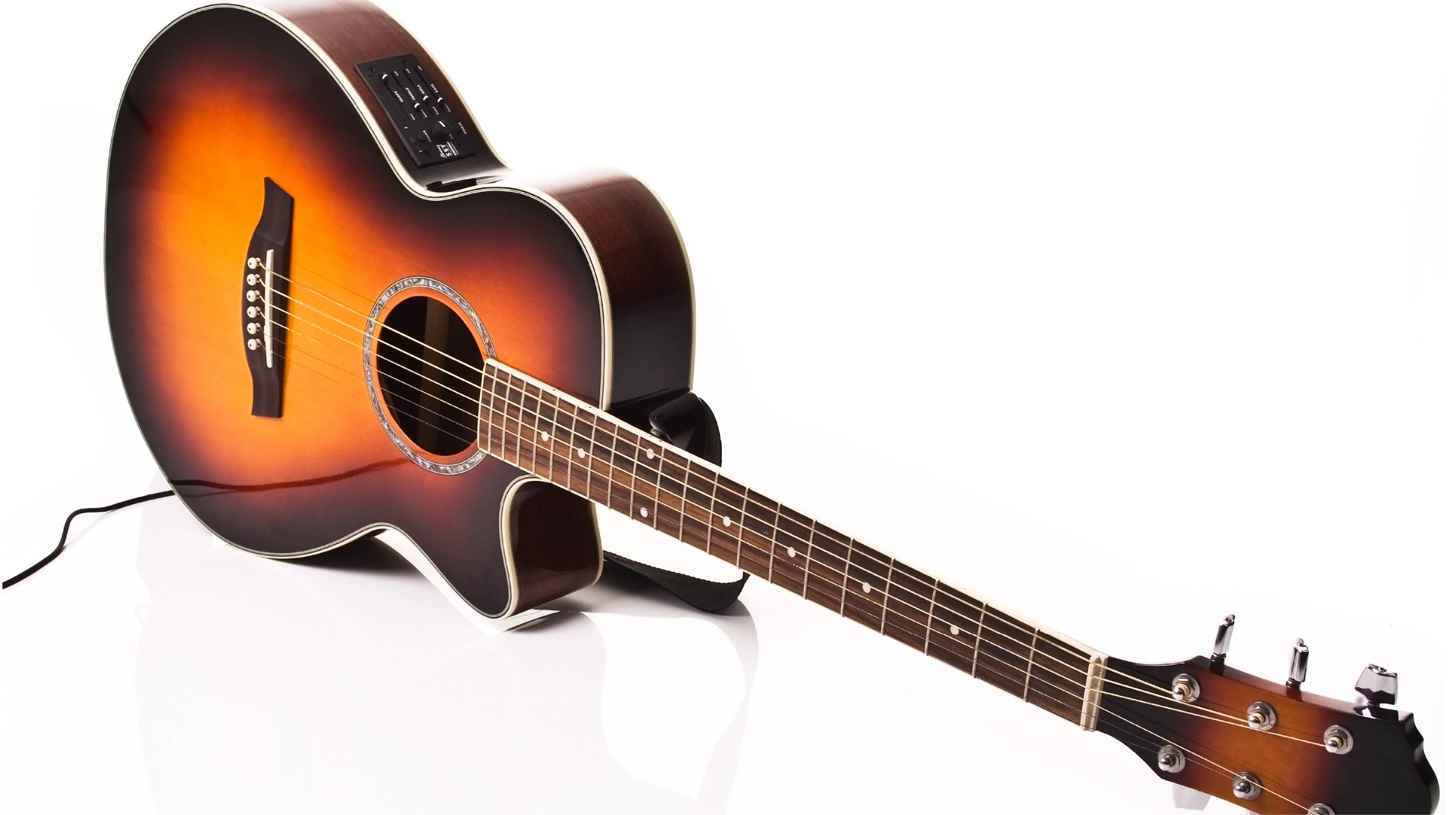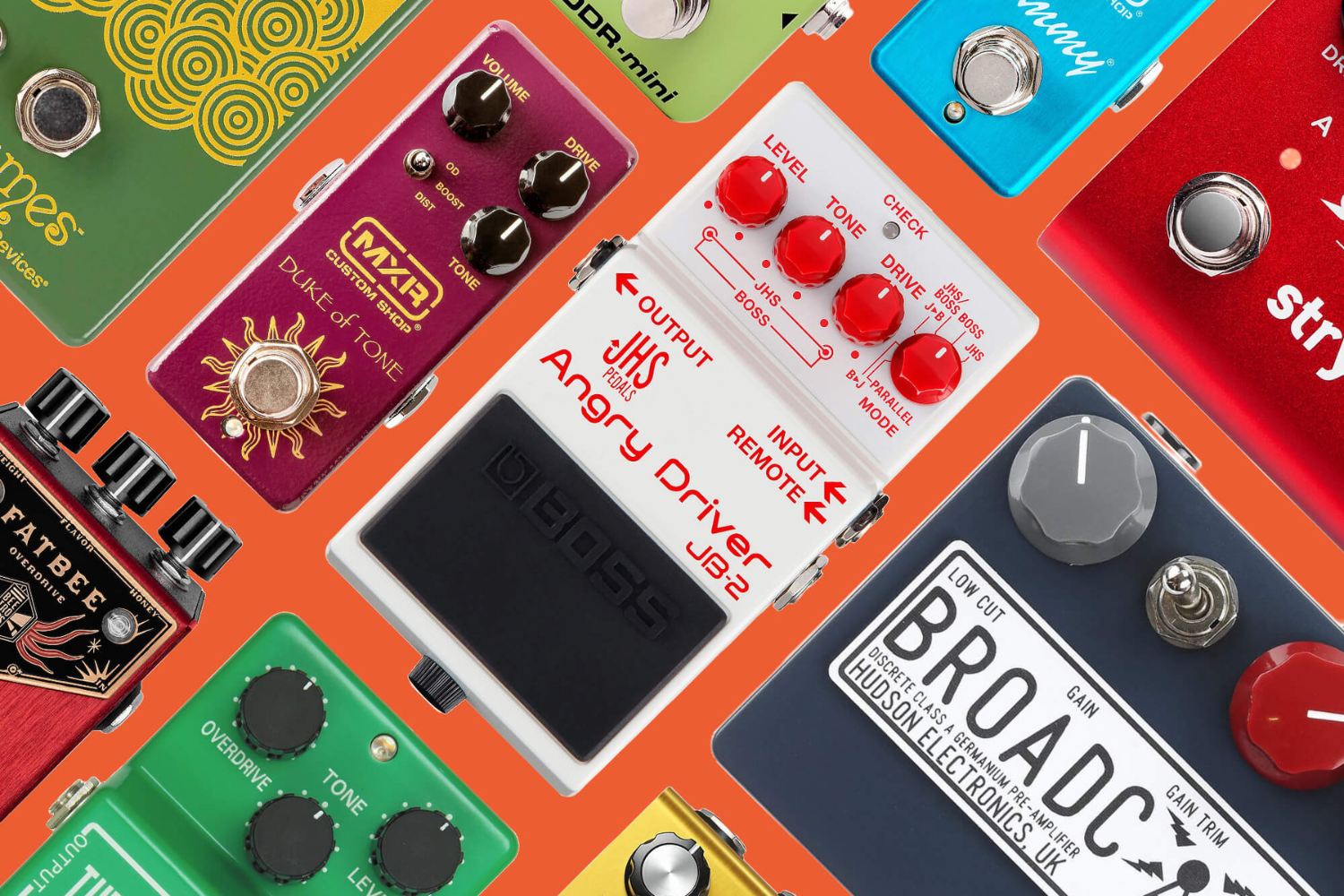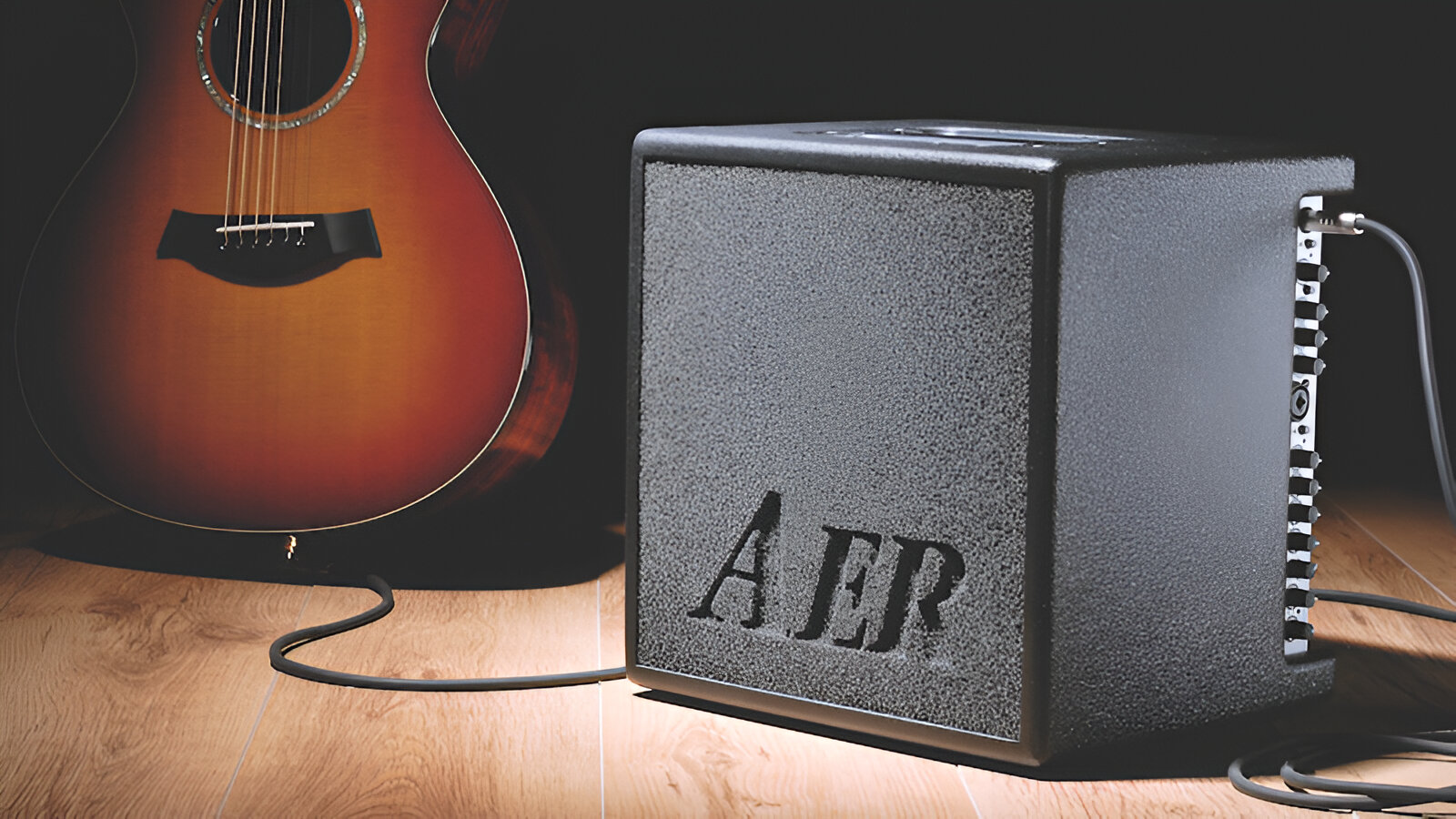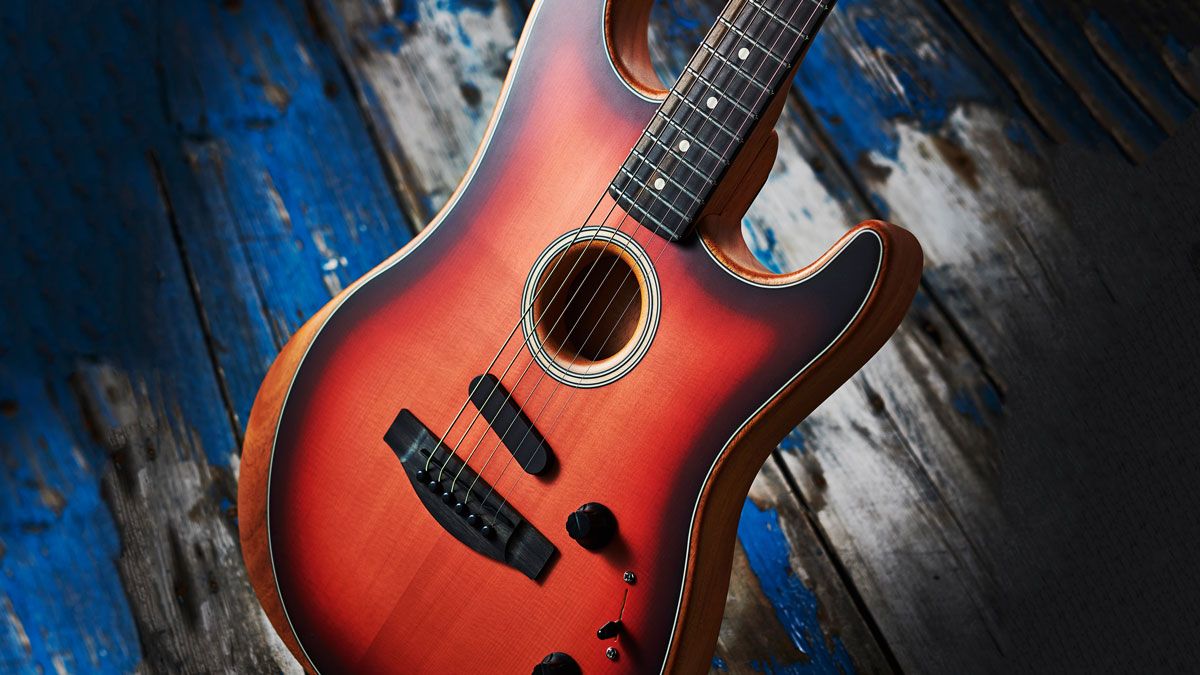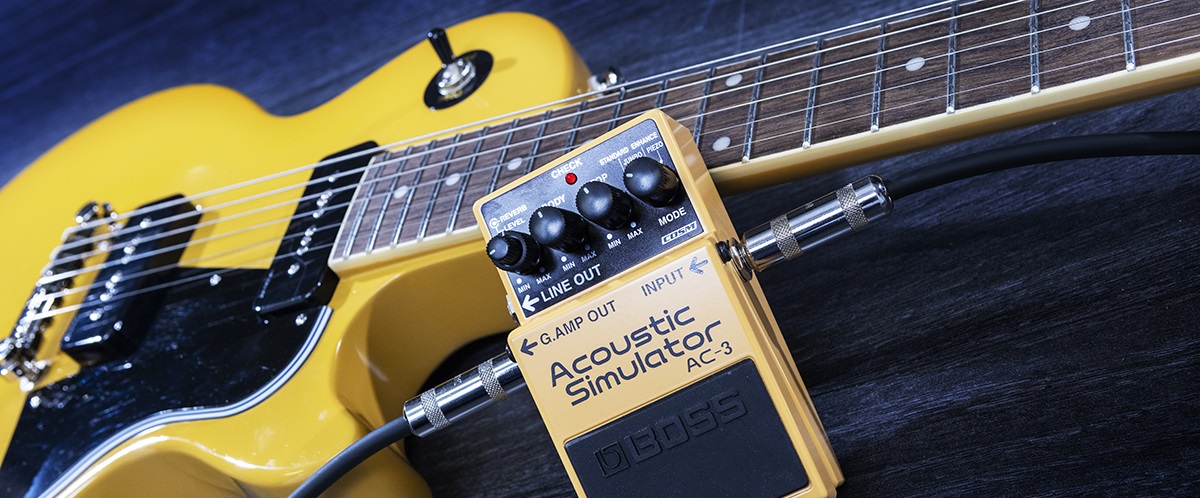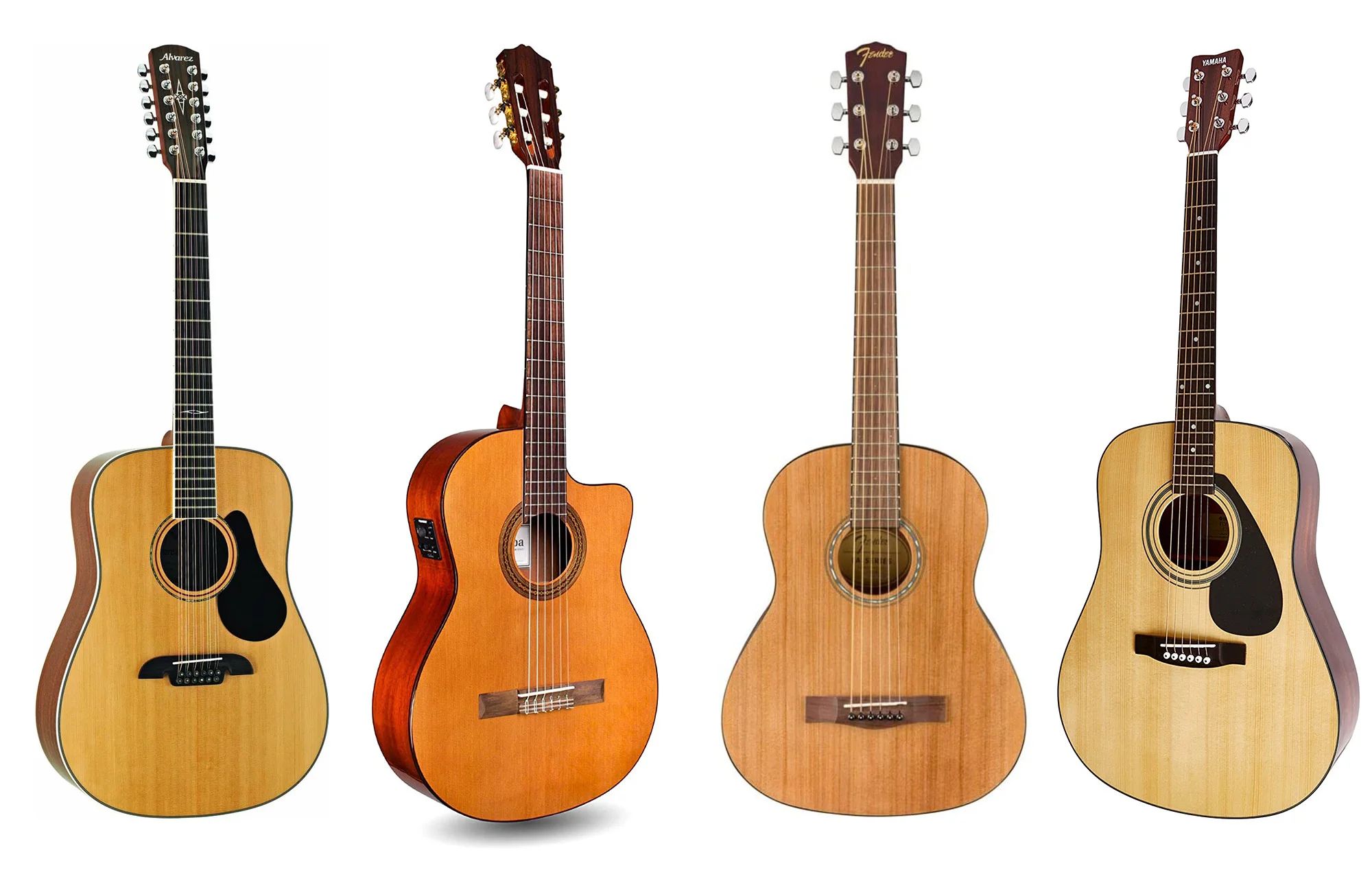Introduction
What Is an Acoustic Electric Guitar?
An acoustic electric guitar is a versatile musical instrument that combines the best of both acoustic and electric guitars. It offers the warm, natural sound of an acoustic guitar, while also allowing the player to amplify and modify the sound using electronic components. This hybrid design has made acoustic electric guitars increasingly popular among musicians of various genres, from folk and country to rock and jazz.
The acoustic electric guitar features a hollow body, similar to that of a traditional acoustic guitar, which produces sound through the vibration of the strings. However, it is equipped with built-in electronics, such as pickups and preamps, that enable the sound to be amplified and adjusted to suit different performance settings. This unique combination makes acoustic electric guitars suitable for both intimate acoustic performances and larger venues where amplification is necessary.
With the ability to connect to amplifiers, PA systems, and recording equipment, acoustic electric guitars offer musicians a wide range of sonic possibilities. Whether playing solo or with a band, the versatility of these instruments allows for seamless transitions between acoustic and electric sounds, making them a valuable addition to any musician's arsenal.
Acoustic electric guitars come in various shapes, sizes, and designs, catering to the diverse preferences of musicians. From classic dreadnought and concert styles to modern cutaway and grand auditorium models, there is an acoustic electric guitar to suit every playing style and aesthetic preference.
In the following sections, we will delve deeper into the workings of acoustic electric guitars, explore their differences from traditional acoustic guitars, weigh their advantages and disadvantages, and provide tips for choosing the right acoustic electric guitar to suit your musical needs. Whether you are a seasoned guitarist or a budding musician, understanding the nuances of acoustic electric guitars will undoubtedly enhance your appreciation for this remarkable instrument.
What Is an Acoustic Electric Guitar?
An acoustic electric guitar is a versatile musical instrument that combines the best of both acoustic and electric guitars. It offers the warm, natural sound of an acoustic guitar, while also allowing the player to amplify and modify the sound using electronic components. This hybrid design has made acoustic electric guitars increasingly popular among musicians of various genres, from folk and country to rock and jazz.
The acoustic electric guitar features a hollow body, similar to that of a traditional acoustic guitar, which produces sound through the vibration of the strings. However, it is equipped with built-in electronics, such as pickups and preamps, that enable the sound to be amplified and adjusted to suit different performance settings. This unique combination makes acoustic electric guitars suitable for both intimate acoustic performances and larger venues where amplification is necessary.
With the ability to connect to amplifiers, PA systems, and recording equipment, acoustic electric guitars offer musicians a wide range of sonic possibilities. Whether playing solo or with a band, the versatility of these instruments allows for seamless transitions between acoustic and electric sounds, making them a valuable addition to any musician’s arsenal.
Acoustic electric guitars come in various shapes, sizes, and designs, catering to the diverse preferences of musicians. From classic dreadnought and concert styles to modern cutaway and grand auditorium models, there is an acoustic electric guitar to suit every playing style and aesthetic preference.
Understanding the nuances of acoustic electric guitars will undoubtedly enhance your appreciation for this remarkable instrument.
How Does an Acoustic Electric Guitar Work?
An acoustic electric guitar operates through a combination of traditional acoustic principles and modern electronic components, allowing for a seamless blend of natural resonance and amplified sound. At its core, an acoustic electric guitar produces sound in the same way as a standard acoustic guitar: the strings are strummed or plucked, causing them to vibrate and resonate within the hollow body of the instrument.
Where the acoustic electric guitar differs is in its incorporation of electronic components, namely pickups and preamps. Pickups are transducers that capture the vibrations of the strings and convert them into electrical signals. These signals are then sent to the preamp, which processes and shapes the sound before sending it to an amplifier or PA system.
There are several types of pickups used in acoustic electric guitars, each offering unique tonal characteristics. Piezoelectric pickups, for example, are commonly found in acoustic electric guitars and work by sensing the vibrations of the guitar’s bridge or saddle. Another popular pickup type is the magnetic soundhole pickup, which captures the magnetic fluctuations caused by the strings’ vibrations.
Once the electrical signals are generated by the pickups, they are routed to the preamp, where the tonal qualities of the sound can be adjusted. The preamp may include controls for volume, tone shaping (such as bass and treble adjustments), and onboard equalization (EQ) to tailor the sound to the player’s preference. Some acoustic electric guitars also feature built-in tuners and feedback control systems within the preamp.
By combining the acoustic resonance of the guitar’s body with the electronic amplification and tonal control provided by the pickups and preamp, acoustic electric guitars offer a versatile and expressive playing experience. Whether performing in an intimate acoustic setting or on a larger stage, the seamless integration of acoustic and electric elements makes the acoustic electric guitar a compelling choice for musicians seeking flexibility and sonic diversity.
Differences Between Acoustic and Acoustic Electric Guitars
While acoustic and acoustic electric guitars share many similarities, there are distinct differences that set them apart in terms of sound production, amplification capabilities, and overall functionality.
- Sound Production: The primary distinction between acoustic and acoustic electric guitars lies in their sound production. Traditional acoustic guitars rely solely on the natural resonance of the hollow body and soundboard to amplify the vibrations of the strings. In contrast, acoustic electric guitars incorporate electronic components, such as pickups and preamps, to capture and amplify the sound, offering greater control over volume and tonal shaping.
- Amplification: Acoustic guitars are typically played acoustically, relying on the instrument’s inherent projection for sound reinforcement. In contrast, acoustic electric guitars can be connected to amplifiers or PA systems, allowing for amplified performance in larger venues or recording environments. This amplification capability makes acoustic electric guitars more versatile in various performance settings.
- Electronic Components: Acoustic electric guitars are equipped with pickups and preamps, which are absent in traditional acoustic guitars. These components enable the acoustic electric guitar to convert string vibrations into electrical signals and shape the amplified sound, providing greater tonal control and the option for effects processing.
- Playability: While the fundamental playability of acoustic and acoustic electric guitars remains similar, the inclusion of electronic components in acoustic electric guitars may result in slight differences in weight and balance. Additionally, some acoustic electric guitars feature cutaway designs to provide easier access to higher frets, a feature less commonly found in traditional acoustic guitars.
Understanding these differences is crucial for musicians seeking to choose the most suitable instrument for their playing style and performance needs. While traditional acoustic guitars excel in intimate acoustic settings and resonate with a natural, unaltered sound, acoustic electric guitars offer enhanced versatility, allowing for amplified performances and greater sonic manipulation.
Ultimately, the choice between an acoustic and acoustic electric guitar depends on the individual player’s preferences, musical goals, and the specific demands of their performance environments. Both instruments have their unique strengths, and the decision between them hinges on the desired sound, playability, and amplification requirements of the musician.
Pros and Cons of Acoustic Electric Guitars
Acoustic electric guitars offer a host of advantages and considerations that cater to the diverse needs and preferences of musicians. Understanding the pros and cons of these instruments is essential for making an informed decision about incorporating them into your musical repertoire.
Pros:
- Versatility: One of the primary advantages of acoustic electric guitars is their versatility. They seamlessly transition between acoustic and amplified settings, making them suitable for a wide range of performance environments, from intimate acoustic sessions to larger venues.
- Amplification: The ability to connect to amplifiers and PA systems provides acoustic electric guitars with the necessary volume and projection for live performances, recording sessions, and collaborations with other musicians. This amplification capability expands the sonic possibilities of the instrument.
- Tonal Control: Acoustic electric guitars allow for precise tonal shaping through onboard preamps and equalization controls. Musicians can adjust the bass, treble, and overall tonal characteristics to achieve their desired sound, offering greater flexibility in tailoring the instrument’s sonic output.
- Feedback Control: Many acoustic electric guitars are equipped with feedback control systems that mitigate unwanted feedback and resonances when played at higher volumes, enhancing the instrument’s performance reliability in amplified settings.
- Recording Capabilities: Acoustic electric guitars are well-suited for recording applications, as their electronic components facilitate direct connection to recording interfaces and mixers, enabling high-quality acoustic and electric sound capture in studio environments.
Cons:
- Dependency on Electronics: The reliance on electronic components in acoustic electric guitars introduces a level of dependency on batteries or external power sources for amplification and sound manipulation, which may pose logistical challenges if power sources are unavailable.
- Cost: Acoustic electric guitars often come at a higher price point than traditional acoustic guitars due to the incorporation of electronic components. This initial investment may be a consideration for musicians operating within specific budget constraints.
- Weight and Balance: The inclusion of electronic hardware in acoustic electric guitars can result in slightly increased weight and altered balance compared to traditional acoustic guitars. This may impact the overall feel and playability of the instrument for some musicians.
Considering the array of benefits and potential drawbacks, musicians evaluating acoustic electric guitars should weigh these factors against their specific performance requirements and musical objectives. While acoustic electric guitars offer enhanced versatility and sonic control, they also introduce considerations related to cost, maintenance, and performance logistics. Ultimately, the decision to embrace an acoustic electric guitar rests on the unique needs and artistic vision of the individual musician.
Tips for Choosing an Acoustic Electric Guitar
When selecting an acoustic electric guitar, several key considerations can guide musicians in making an informed and satisfying choice. Whether you are a seasoned player or a novice seeking to explore the realm of acoustic electric instruments, the following tips can help you navigate the selection process and find the perfect match for your musical aspirations.
Consider Your Playing Style and Genre:
Before delving into specific guitar models, it is essential to consider your playing style and the musical genres in which you intend to perform. Different body shapes, tonewoods, and electronic configurations cater to diverse playing styles and sonic preferences. For example, if you favor fingerstyle playing, a guitar with a wider nut width and a balanced tonal response may be ideal, while those inclined toward strumming may prioritize a guitar with a robust projection and midrange presence.
Assess Amplification Needs:
Reflect on the amplification requirements of your performances. If you anticipate playing in larger venues or collaborating with other amplified instruments, a guitar with a reliable onboard preamp and feedback control system may be advantageous. Additionally, consider whether you prefer a guitar with versatile EQ controls or built-in effects for sonic experimentation and tonal sculpting.
Test Playability and Comfort:
When evaluating acoustic electric guitars, prioritize playability and comfort. Test the neck profile, fretboard radius, and overall ergonomics to ensure a comfortable playing experience. Consider whether a cutaway design is essential for accessing higher frets and expanding your playing range, particularly if you engage in lead guitar work or solo performances.
Explore Tonewood Options:
Explore the tonal characteristics of different tonewoods used in acoustic electric guitars. Tonewoods such as spruce, cedar, mahogany, and rosewood impart distinct sonic qualities, from bright and articulate to warm and resonant. Consider how these tonal attributes align with your musical preferences and performance contexts.
Research Pickup Systems and Electronics:
Delve into the pickup systems and electronic components integrated into acoustic electric guitars. Assess the type of pickups used, such as piezo, magnetic, or dual-source systems, and consider their tonal nuances and feedback resistance. Additionally, research the capabilities of onboard preamps, EQ controls, and any built-in tuning or effects features to determine their alignment with your sonic goals.
Seek Professional Guidance:
Consult with experienced guitar specialists or luthiers who can offer personalized guidance based on your specific musical aspirations and playing requirements. Their expertise can provide valuable insights into the nuances of different acoustic electric guitar models and help you make an informed decision tailored to your artistic vision.
By considering these tips and engaging in thorough research and exploration, musicians can navigate the process of choosing an acoustic electric guitar with confidence and clarity. The right instrument will not only complement your playing style and sonic preferences but also inspire and elevate your musical journey.










